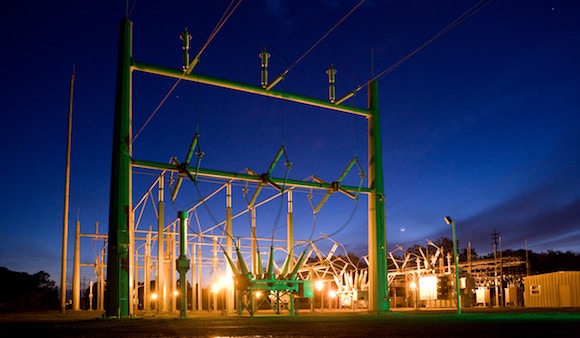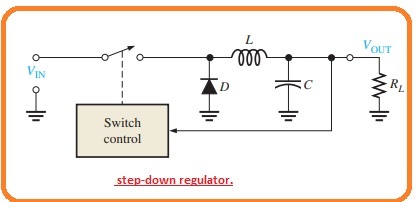Compared with lithium batteries(Li-ion), nickel-metal hydride batteries(Ni-MH) are superior in terms of safety.
When evaluating battery safety, nickel-metal hydride (Ni-MH) batteries generally offer a safer profile compared to lithium-ion (Li-ion) batteries. This makes Ni-MH a compelling choice for applications where thermal stability is paramount.
Why Ni-MH Batteries Excel in Safety
Ni-MH batteries possess inherent characteristics that contribute to their superior safety. Their relatively low specific heat capacity and energy density mean they are less prone to rapid temperature increases. Crucially, the high melting point of 400°C for Ni-MH batteries significantly reduces the risk of thermal runaway. Even under extreme stress conditions such as collision, extrusion, puncture, or short circuits, Ni-MH battery packs are less likely to experience a dramatic temperature surge leading to spontaneous combustion. The mature manufacturing processes and stable quality control in Ni-MH battery production further enhance their reliability and safety over time.
Understanding Lithium-Ion Battery Safety Concerns
In contrast, Li-ion battery safety presents more challenges due to the high reactivity of lithium ions and their higher energy density. The flammable nature of Li-ion battery raw materials is a critical factor. Should a Li-ion battery cell experience a short circuit or other damaging events, the internal temperature can rise sharply. This can trigger a violent chemical reaction within the electrolyte, increasing the risk of the battery pack catching fire or even exploding.

After years of technological development, the mature manufacturing process and stable quality of nickel-metal hydride batteries have greatly improved the safety of the batteries.
In comparison, lithium batteries(Li-ion) are not as safe as nickel-metal hydride batteries, mainly because lithium ions(Li-ion) are more active and have higher energy density. At the same time, the raw materials of lithium batteries(Li-ion) are flammable. Once the battery is short-circuited due to various destructive factors and the temperature rises, the internal electrolyte will undergo a violent chemical reaction, which may cause the battery to spontaneously combust.

As a professional battery pack manufacturer, HIMAX can not only provide high-quality nickel-metal hydride battery packs, but also provide customers with lithium-ion battery packs with reasonable design and higher safety.
Enhancing Lithium-Ion Battery Safety with HIMAX
While Li-ion batteries carry inherent risks, professional battery manufacturers like HIMAX implement advanced safety measures to mitigate these concerns. For instance, HIMAX integrates essential protection circuits such as Printed Circuit Boards (PCB) and Battery Management Systems (BMS) into their Li-ion battery designs. Additionally, further safety components like Negative Temperature Coefficient (NTC) thermistors and Positive Temperature Coefficient (PTC) devices can be incorporated to provide extra layers of protection against overheating and overcurrent. HIMAX offers both high-quality Ni-MH and meticulously designed, safer Li-ion battery solutions tailored to customer needs.
Your Trusted Battery Pack Manufacturer
HIMAX stands as a professional manufacturer specializing in LiFePO4, Lithium-ion, Li-Polymer, and Ni-MH battery packs. With 12 years of continuous innovation, HIMAX has evolved into a global leader in R&D and production, delivering customized battery solutions.
If you have specific battery requirements or safety concerns, please contact HIMAX for expert guidance.


























